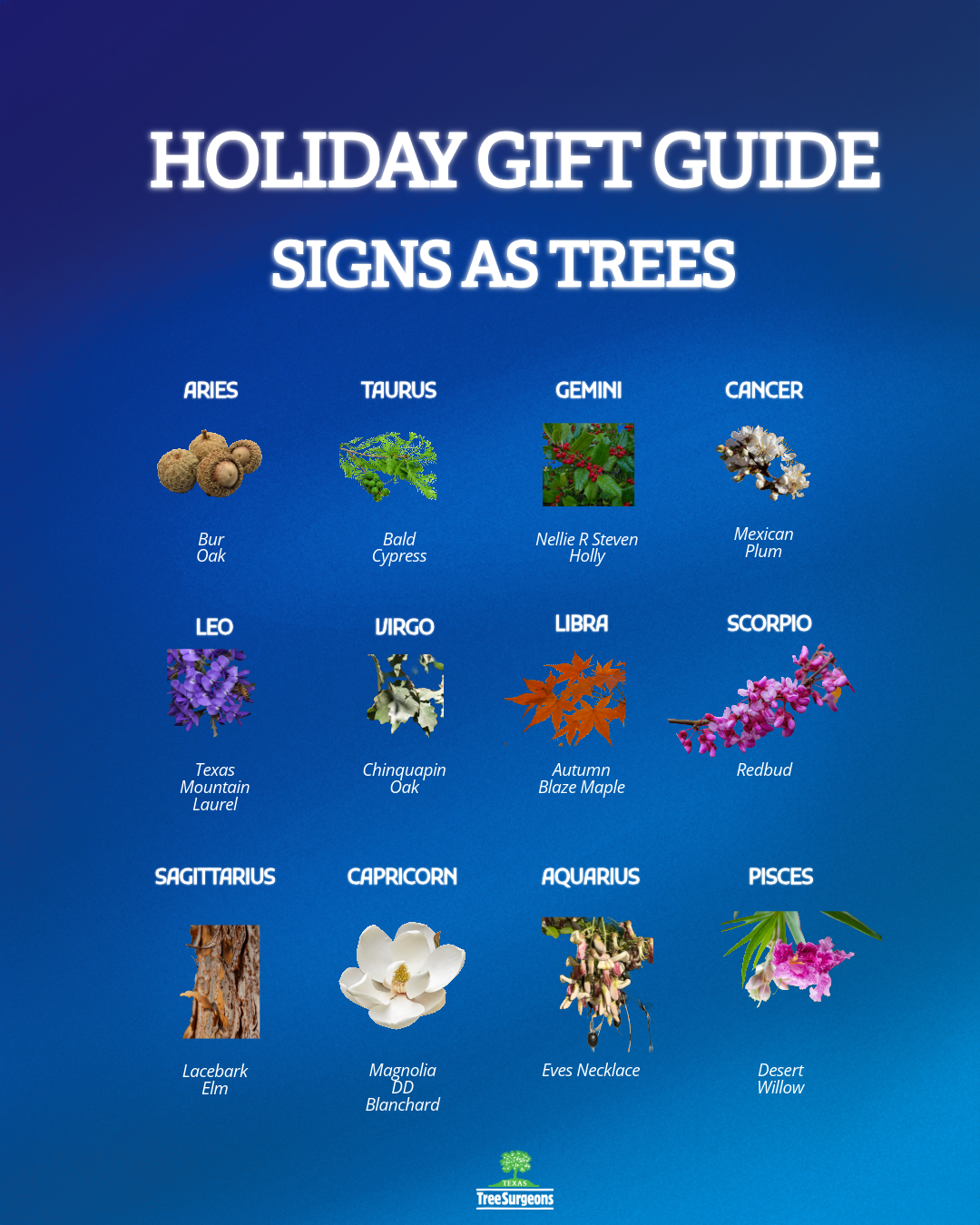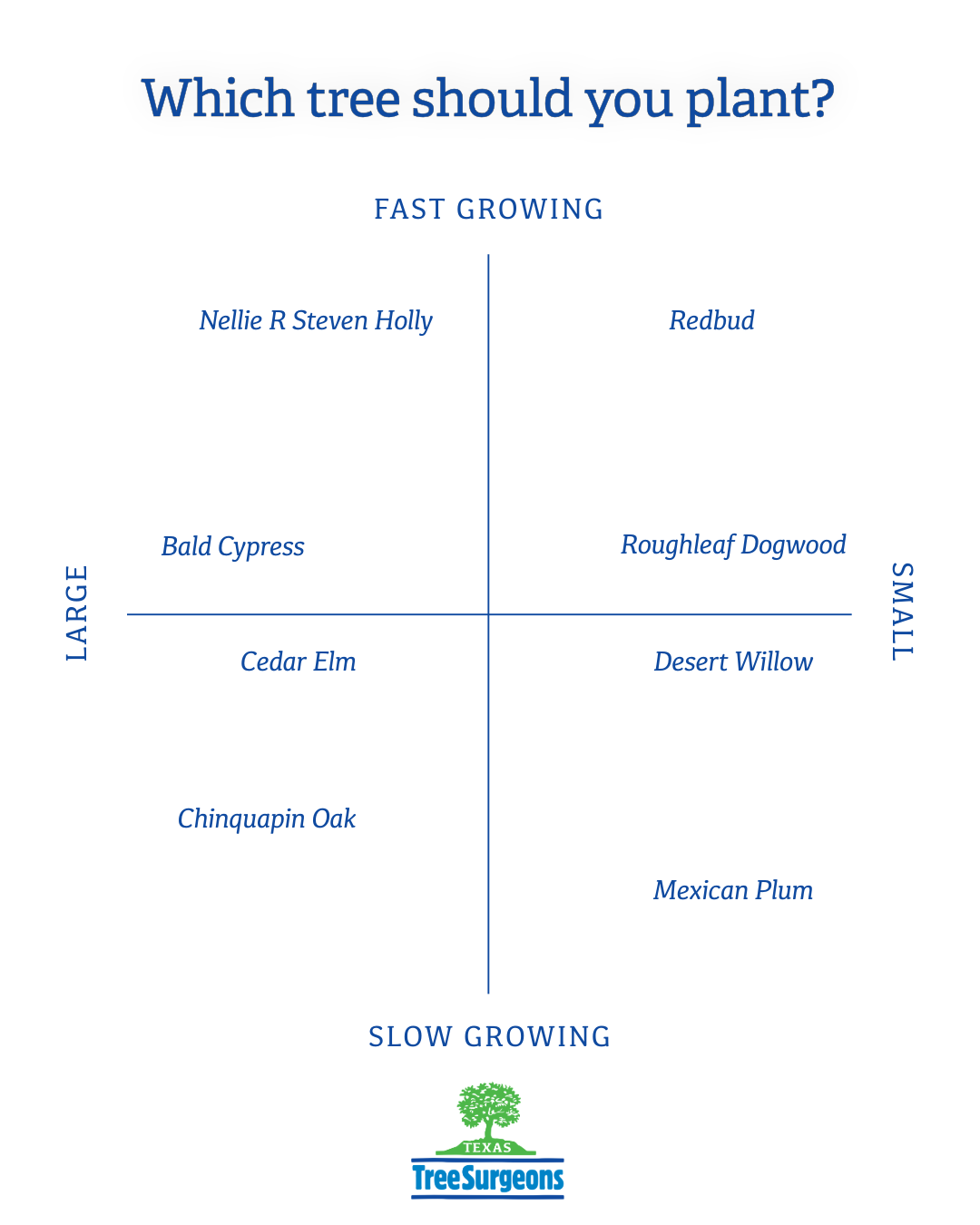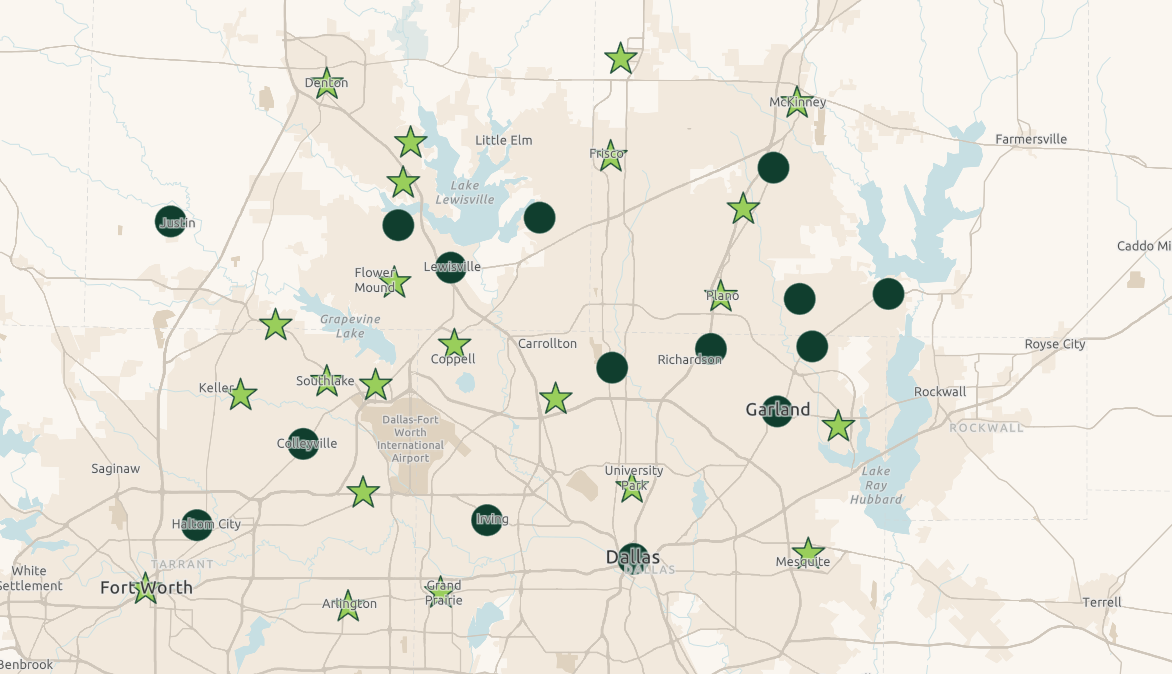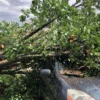How Do I Plant a New Tree?

With the extensive and repeated storm damage we have had in 2019, many neighborhoods have lost their beautiful, established trees. While there is no quick fix to restore our urban forest to its former glory, planting new trees now will have benefits in the years to come.
Many communities have had recent programs to distribute new trees to residents, but they will do little good if they are not given the opportunity to become established and thrive. While trees are self-sustaining in nature, in our urban environment, planting needs to be performed carefully and correctly. Simply “sticking a tree in the ground and leaving it to grow” will, more often than not, prevent the tree from flourishing or even surviving. The care a tree receives during its first few years in the ground determines the health and longevity it will have decades later.
Planting Methods for Different Types of Tree
How your tree was grown at the nursery and delivered to you dictates the best methods to follow while planting. The most common ways that trees are sold are bare root, ball and burlap, and in a container.
Planting a Bare Root Tree
- Bare root trees can have some of the best long-term results after planting, but need delicate handling.
- They are often shipped in groups, tied together, with a hydrating wrap around the root systems.
- It is imperative that the roots be kept moist until the tree is in the ground; do not remove the root wrap until ready to plant.
- Because the roots are loose, they are easy to untangle.
- When you are ready to plant, gently separate the individual root strands, being careful not to break the small root fibers.
- Do not remove or prune any of the roots.
- Bare root trees should be planted in a hole at least three times the diameter of the spread out roots.
- The hole should not be too deep; the root flare, where the trunk ends and the roots begin, should be planted about just above ground level.
- When digging the hole, especially in clay soil, avoid smoothing the sides and bottom of the hole too much, as that may prevent water flow.
- Make a small cone of earth in the center of the hole,on which the tree can be placed, with the roots splayed out around it.
Planting a Ball and Burlap Tree
- Burlapped trees have been grown from seedlings; once large enough, they are dug up and the root ball is wrapped.
- Burlapped trees are best planted as soon as possible.
- They may be kept out of the ground for a short period as long as the burlap and root ball is kept moist.
- Always carry or move a burlapped tree by the root ball, not by the trunk.
- Lifting from the trunk can stress or damage the tree.
- When you are ready to plant, remove the cloth wrap completely.
- Also remove any staking materials, twine, or wire.
- Make sure the hole is at least three times the diameter of the root ball.
- The hole only needs to be deep enough so that the top of the root ball is just above ground level.
Planting A Container-Grown Tree
- Container trees are the most common type seen at nurseries and in city programs.
- They are often sold by the “gallon,” which specified the size of the container.
- Container trees can be kept out of the ground for a while if the soil is kept moist.
- Be sure to keep the unplanted trees in a shady area so they do not overheat or dry out.
- Because of the carefully-managed growing conditions, container trees need particular care when planting.
- As with burlapped trees, always move a container tree by the container, not the trunk.
- If the soil is dry, pulling from the trunk may remove the tree from the container.
- Container-grown trees are especially susceptible to root binding.
- When you are ready to plant, remove the root ball from the container and examine it carefully.
- Unwrap any roots that are encircling the root ball; if there are larger roots that cannot be moved, they can be cut.
- Using the back of a shovel or your shoe, press down on the sides of the root ball, as you roll it over on the ground.
- The goal is to loosen the compaction that occurs over time in the container.
- If you have a small garden fork, brush out the root strands to straighten them.
- Be careful not to tear or break the major root fibers.
- While it can be overly time-consuming to straighten out all the roots, any steps taken at this point will greatly benefit the tree, especially during the first few years in the ground.
- Container-grown trees should be planted in a hole three times the diameter of the container.
- Make the depth of the hole shallow enough to allow the top of the root ball or root flare to sit just above ground level.
- If a great deal of the roots have been straightened out, you may need to make a small mound, as with bare root trees.
- Evenly spread out any loose roots pointing away from the tree.
Backfilling the Hole
When replacing the soil around your newly-planted tree, be sure not to compress the soil too much. Adding the soil in stages, and heavily watering the soil, rather than tamping it down, between rounds can greatly help with soil stability while avoiding compaction. Only fill the hole up to just below the root flare.
Proper Mulching
Mulching is key when planting a young tree, especially with the North Texas climate. We have previously talked about proper mulching techniques, but the main things to keep in mind are:
- Mulch around the tree to a radius of two to three feet from the trunk.
- Spread about three to four inches deep of mulch.
- Leave a space of at least three inches between the mulch and the trunk itself.
- Do not pile mulch up against the tree.
- In the summer, or when water retention is a concern, make a small, raised ring around the outer edge of the mulch circle.
- In winter, or during wet periods, you can simply spread the mulch flat.
Should A New Tree Be Staked?
With a properly-planted tree, staking should not be necessary. Be sure to remove any nursery-installed stakes or wires after the tree is planted. If you are in a high-wind area, or there is concern about damage to the tree from activity, a stake may help keep the tree upright and preserve the area. If you do choose to stake your tree, remove the stake after a year. Stakes left in place too long can prevent a tree from developing properly.
How Do I Water My New Tree?
Newly-planted trees need a lot of water, especially during the summer or dry periods. See our previous watering guide for more tips, but plan to water at least once a week during the fall, winter and spring, and twice a week during the summer. Use a soaker hose, running for an hour, or a garden hose on low for 15 minutes. Be sure to water the entire area evenly, and stop if water starts pooling or gathering on the surface.
Next Steps for Your New Tree
Even if they are planted, watered, and mulched properly, new trees may need some extra help. There are soil amendments, such as mycorrhizal fungi, that can be added to the roots when planting to help with water uptake. After planting, mulch and compost are an integral part of maintaining soil health. Seasonal fertilization and other soil amendments are always a good idea for young trees, especially in our urban soils. Consult a certified arborist to get recommendations on what will best help your new tree.
At Texas Tree Surgeons, we love trees, old and new, and we love our customers! While we don’t plant trees ourselves, we are eager to help educate our community to help homeowners plant their new trees. Following the storms of 2019, we will need massive replanting efforts to repopulate our urban forest, and those efforts start with individuals planting single trees. We hope this guide has been helpful; visit the Texas A&M Forest Service Texas Tree Planting Guide for more info on planting trees in Texas. As always, if you have any questions about your new trees, your established trees, or how you can help our urban forest, let us know!
Related Blogs
Similar blogs related to this topic


Holiday Gift Guide, Zodiac Signs as Trees
This holiday season a gift that keeps on giving in a time of over consumption is the most ethical and thoughtful gift. It is investment in a shared future that benefits their home and the…
Read more

Which Tree Should You Plant?
Tree selection needs to include a balance of preference in style with species selection that can thrive in North Texas unique soil conditions and climate. Below are some essential questions to ask yourself to ensure…
Read more

Benefits of Becoming a Tree City USA in Texas
In recent years, many Texas communities are exploring how to achieve Tree City USA. Tree cities reap numerous advantages, ranging from environmental to social benefits, enhancing the lives of their residents. What are the perks…
Read more
